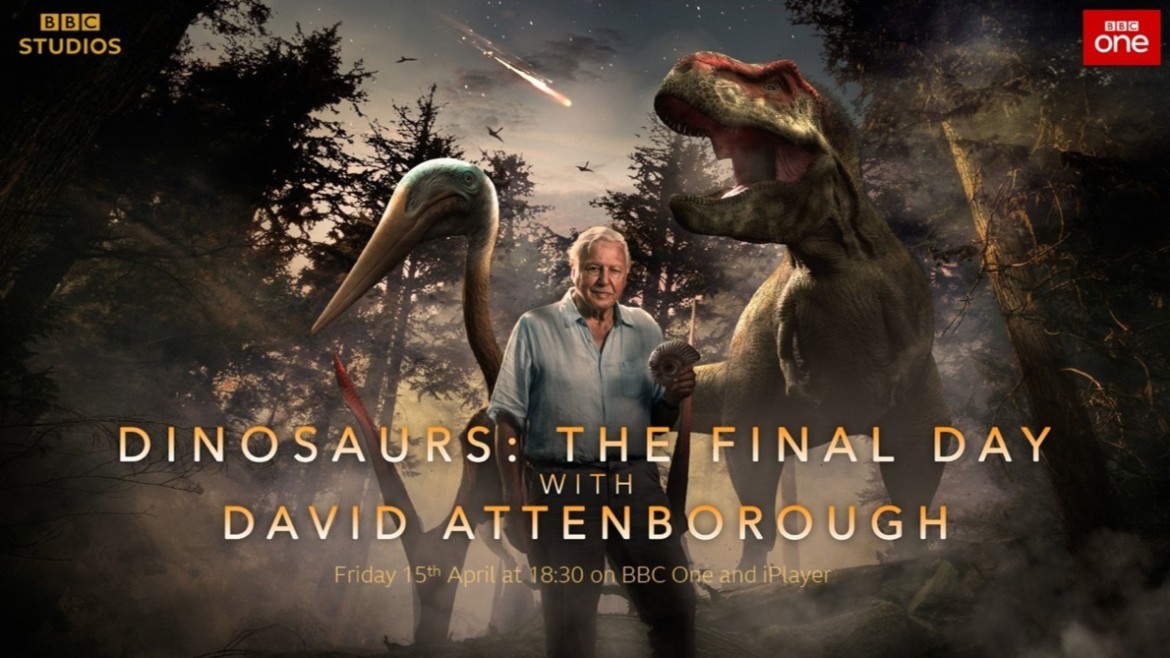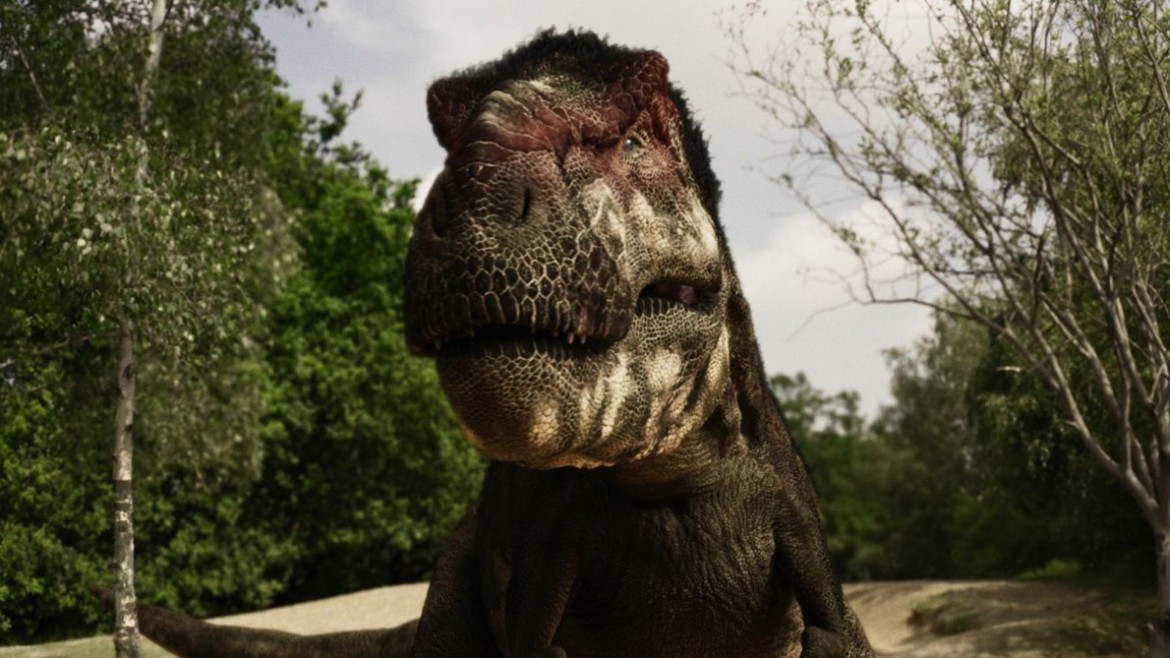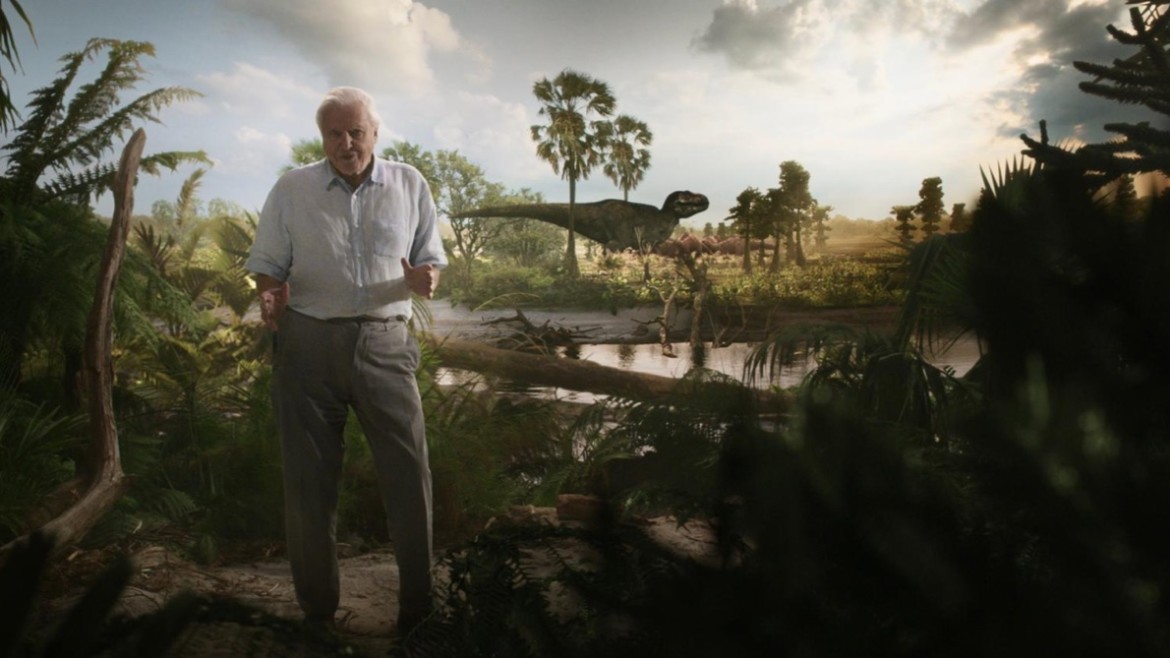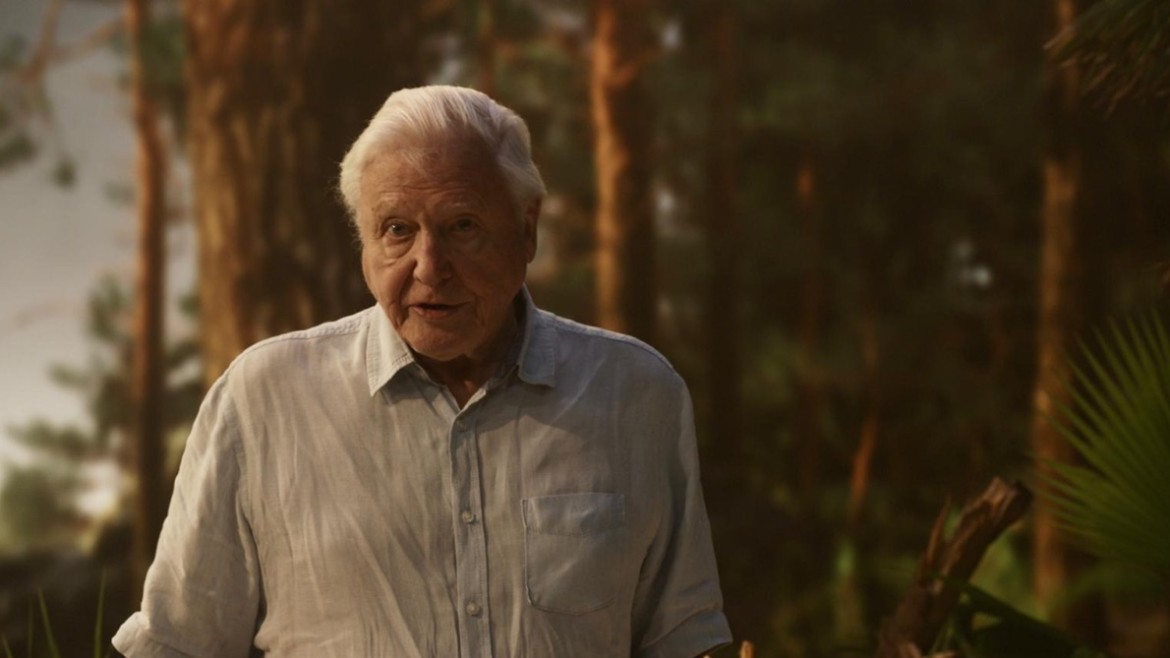Hidden in the low hills of North Dakota lies a secret, prehistoric graveyard known as Tanis. There, fossilised creatures dating from the very end of the Late Cretaceous lie buried in a mysterious crumbly layer of rock. Preserved in such detail over millions of years, they could help to give us the answers to what events unfolded that would bring about the extinction of the dinosaurs.
In this ground breaking feature documentary, David Attenborough and leading experts look at some of the extraordinary fossil finds and follows the dig team as they carry out cutting-edge visualisation and scanning techniques to unearth the clues. Through stunning VFX and astonishing sound design, the film relives the final days of the dinosaurs until the fateful asteroid collision some 66 million years ago.
Halo provided full picture and sound post production.
BBC Line Producer, Beth Ambrose said, “Overall, and most importantly for me, I have loved working with Louisa Sutherland-Smith – she’s been brilliant from start to finish and beyond. I cannot thank the post team enough for all their amazingly hard work in what was the most intense and pressurised final post I’ve ever experienced. Adam Hall, in particular, worked unbelievable hours and the whole team from top to bottom pulled together to feed through 7 differing programme versions in just over a week. It was a monumental effort and a real show of unity and teamwork and all managed and communicated with such good grace.
I’m really happy with the work and endeavour by all the Halo team. I don’t think there are many post houses who would have been willing or able to pull it off.”
Exec Producer: Helen Thomas
Director: Matthew Thompson
Line Producer: Beth Ambrose
Colourist: Katherine Jamieson
Online Editor: Adam Hall
Sound team: Jay Price / Sam Castleton
Post Producer: Louisa Sutherland – Smith & Emily Dutton
halo Sales Exec: Will Garbutt
Halo’s sound Supervisor, Jay Price said, “Our sound proposal was to challenge the status quo and work to the latest science. The film industry has conditioned us to believe the iconic dinosaur roars from the likes of Jurassic park, which uses mammal noises such as elephants and tigers. However, the latest science suggests this wouldn’t be anatomically possible. Their sounds would have been similar to the calls and closed mouth vocalisations of birds and crocodiles. My challenge was to remain close to the limitations of this science but also give the dinosaurs character, emotion, and individual sonic identities.
We sourced and recorded many bizarre vocalisations such as the clacking of the shoebill stork, the haunting rumble of the cassowary, hypnotic water dancing calls of the crocodile to the screech of a Newfoundland vulture. Armed with my discoveries, I manipulated the recordings to create a palette of distinctive vocalisations with a wide range of expressions. We also created an accurate cretaceous world from scratch. A rich soundscape alive with a diversity of peculiar calls and mysterious insects. By letting go of predetermined ideas, we were able to create groundbreaking sound design. And by working so closely to the latest science, it is likely we have represented the sound of this period more accurately than ever before.”
Halo’s Senior Colourist, Katherine Jamieson said, “Always a joy to work on anything with Sir David Attenborough in but having always been a bit of a dinosaur geek since childhood the opportunity to work on something that brings them together was a dream come true. Sir David’s main pieces to camera were shot on a virtual stage and it was important to use the grade to tie in these scenes with the fabulous VFX dinosaur scenes that intercut. As always it’s the grade that helps tie everything together. The project had been shot over many years and on many formats so this was a particular challenge.
However as well as consistency I wanted the grade to tell the story. At the start we used lush green and golden tones when we are in the ‘before impact’ era. The golden age of dinosaurs, flying pterosaurs and mammals living together in relative harmony. Once the impact happens we change and the tonnes shifted towards red. Fire and smoke engulfs the planet and I wanted the grade to help this sense of impending doom. For the aftermath I went quite monochromatic, most life had been obliterated and I wanted this desolation to be reflected in the grade. Then we enter the ice age, cold blue tones dominate, culminating in lush greens once more for the end of the film as life battles back and regains its hold on the planet. These subtle yet effective hue shifts really helped to bring the VFX to life and carrying it across to Sir David’s PTC as well have given the film a cohesive narrative that really leaves its impact on you.”
———————-
‘Dinosaurs: The Final Day with David Attenborough’ premieres on Good Friday on BBC1 and BBC iplayer





